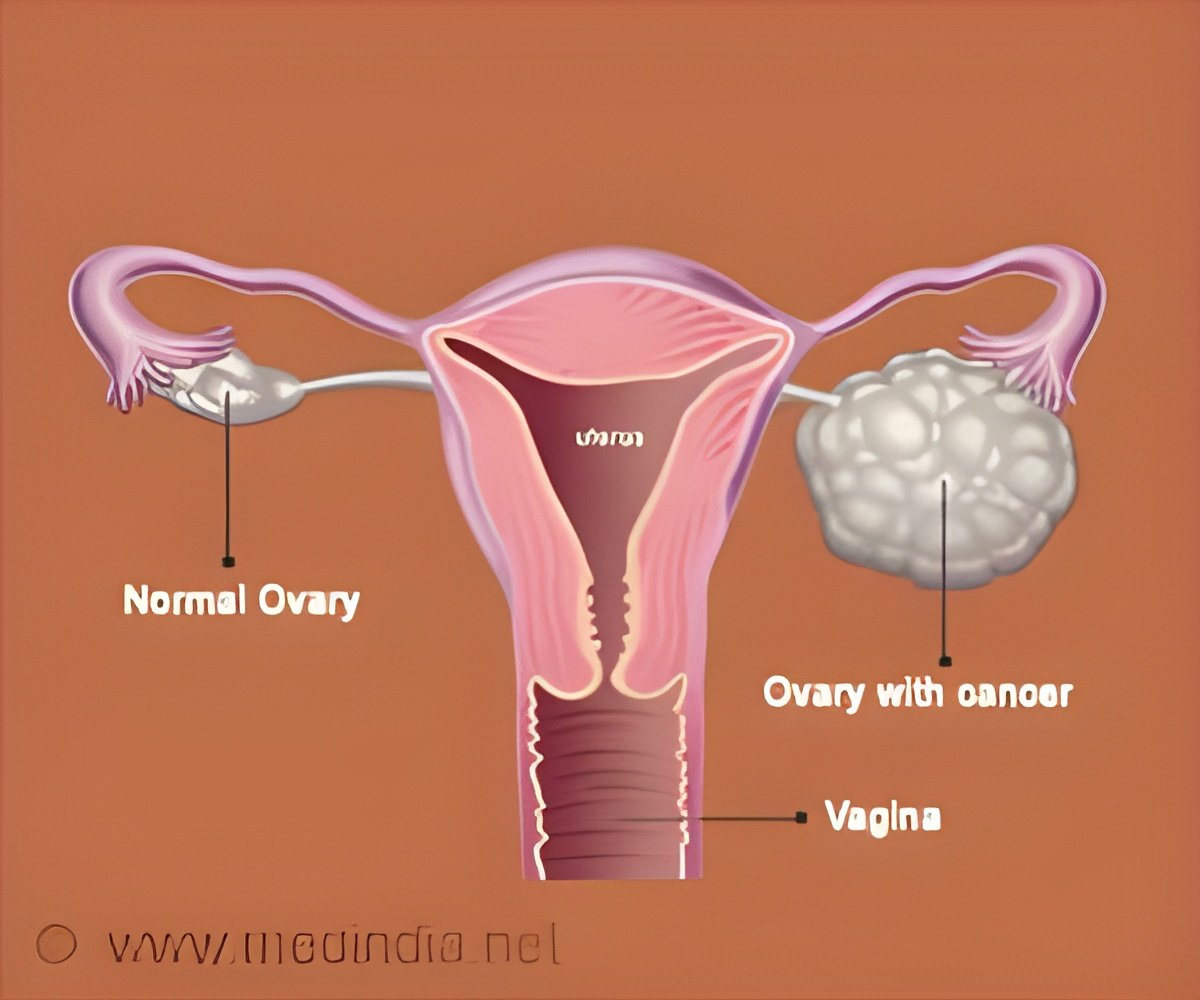Discover how a groundbreaking thymus atlas is transforming our understanding of immunity, aging, and potential therapies for cancer and autoimmune diseases.

- Researchers mapped the thymus’ development, revealing its role in training T-cells and setting the foundation for lifelong immunity
- The OrganAxis tool allows high-resolution spatial analysis, opening doors to engineered immune therapies for cancer and aging-related immunity loss
- Early thymus development (12 weeks post-conception) may have a profound impact on long-term immune health and therapeutic strategies
Scientists revealed that the foundation for lifelong immunity is set sooner than previously thought when they created the first spatial atlas of the growing human thymus, a critical organ that trains immune cells to guard against infections and cancer.
Advertisement
Immune Cell Development for Advanced Cancer Therapies and Transplant Success
Researchers from the Wellcome Sanger Institute and collaborators at Ghent University in Belgium, the National Institute of Allergy and Infectious Diseases, and other institutions discovered significant disparities in immune cell development. This understanding could help scientists create immune cells outside the body to combat cancer, counteract age-related immunological decline, and reduce the likelihood of transplant rejection.
The study, published in Nature (1), is part of the multinational Human Cell Atlas (HCA) program, which aims to map every cell type in the body. Insights acquired from researching how thymus samples change before and after birth may help future researchers create an artificial thymus, which is the first step toward engineering therapeutic immune cells for older adults or people with impaired immune systems.
Advertisement
Decoding the Thymus: Insights into T Cell Training, Immunity, and Age-Related Decline
This work is one of more than 40 HCA publications in Nature Portfolio journals that mark a significant step forward in our understanding of the human body. The immune system defends the body against infections and cancer using a varied range of T cells, a kind of white blood cell. T cells must first be trained to recognize dangers without attacking the body’s own healthy cells. This important T-cell training takes place in the thymus, a tiny organ located beneath the breastbone.
When the thymus fails, it can cause decreased immunity or autoimmune illnesses, in which the body mistakenly attacks itself, resulting in conditions like type 1 diabetes and rheumatoid arthritis.
Despite its importance, little is known about the thymus’ early development, as it only works throughout infancy and subsequently rapidly degenerates throughout life.
Studying its early phases could help us understand why immunity declines with age, making older persons more susceptible to infection and less receptive to vaccines.
Advertisement
Mapping Thymus Development: Insights for T-Cell Engineering and Regenerative Immunity
In this new work, researchers from the Wellcome Sanger Institute and their partners used single-cell sequencing and advanced spatial mapping techniques to track thymus and T-cell development in samples ranging from eleven weeks after conception to three years old.
They revealed that the organ’s basic structure and function are formed as early as twelve weeks after conception, implying that early pregnancy variables may have a greater impact on long-term immune function than previously thought.
The researchers discovered significant disparities in the development of several T cell types- some that help coordinate immune responses by directing other immune cells, while others actively assault infected or malignant cells. This insight could help to develop new T-cell engineering medicines that selectively increase immunity for cancer treatments while suppressing it for autoimmune disorders and transplants.
The researchers also uncovered progenitor cell regions in the thymus that produce critical supporting cells while simultaneously mimicking the body’s own environment, preventing T cells from reacting to themselves. This could aid researchers in the future in developing an artificial thymus for regenerative immunity therapy for elderly persons or people with impaired immune systems.
The study’s significant success was the establishment of a standardized high-resolution spatial mapping tool known as OrganAxis, which allows researchers to compare the composition and structural organization of thymus samples in considerably higher detail than previously possible. This approach might be used on other organs that change dramatically over time or vary much between individuals, such as the liver or kidneys.
New Thymus Map Unveils Pathways to Enhanced Immune Therapies
Dr. Nadav Yayon, the co-first author of the study, who previously worked at the Wellcome Sanger Institute and EMBL-EBI and is now situated at the Cambridge Stem Cell Institute at the University of Cambridge, said: “The thymus is uniquely important in establishing lifelong immunity, yet comparing its many developmental phases has previously been difficult because they appear to be completely different organs. OrganAxis allows us to combine multiple spatial datasets to reveal hidden qualities that would go unnoticed when seen separately. Using critical structures as reference points, much like a hiker uses landmarks to navigate, we can now see how structures emerge early on and follow T cell training throughout time.
Dr. Veronika Kedlian, co-first author of the study who previously worked at the Wellcome Sanger Institute and is currently situated at the Cambridge Stem Cell Institute at the University of Cambridge, said: “Our map of healthy thymus growth may lead to novel techniques for increasing immunity, especially in older persons or those with thymus deficits. We are already using this resource to investigate age-related immunological change
s and disorders such as DiGeorge syndrome, in which children are born without a functioning thymus and are extremely susceptible to infections.”
Dr. Sarah Teichmann, senior author of the study and co-founder of the Human Cell Atlas, previously at the Wellcome Sanger Institute and now working at the Cambridge Stem Cell Institute, University of Cambridge, stated: “This thymus map is the first comprehensive representation of a human organ with single-cell resolution and transcriptome breadth. It is an important piece of the puzzle in our endeavor to understand human biology cell by cell through the Human Cell Atlas. Understanding how the thymus teaches immune cells in their early stages provides new insights into immunological deficits and autoimmune diseases. The map provides valuable insights for creating medicines to boost or modify immune responses.”
References:
- Human immune system is ‘ready to go’ long before birth
(https://www.eurekalert.org/news-releases/1065398)
Source-Medindia



